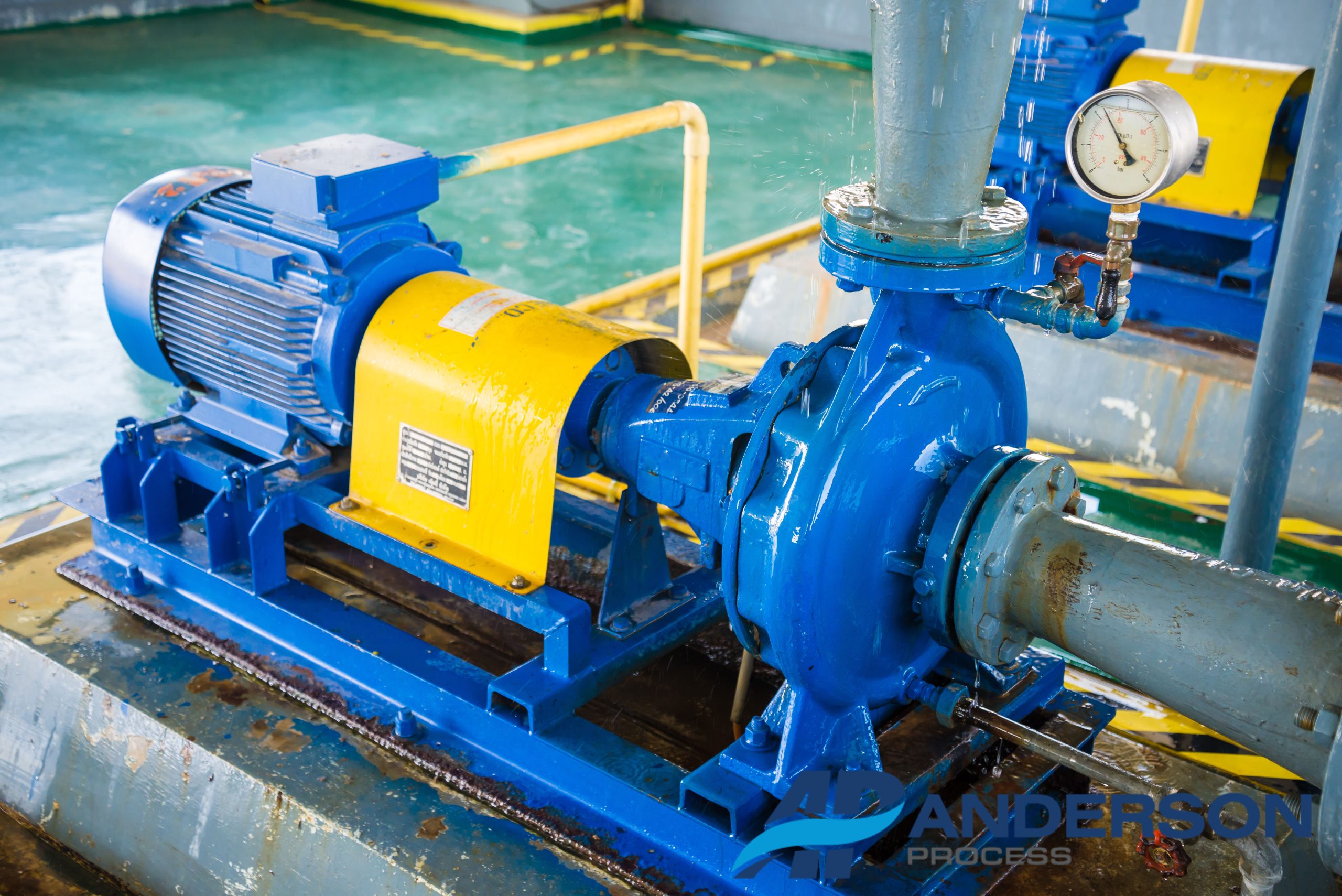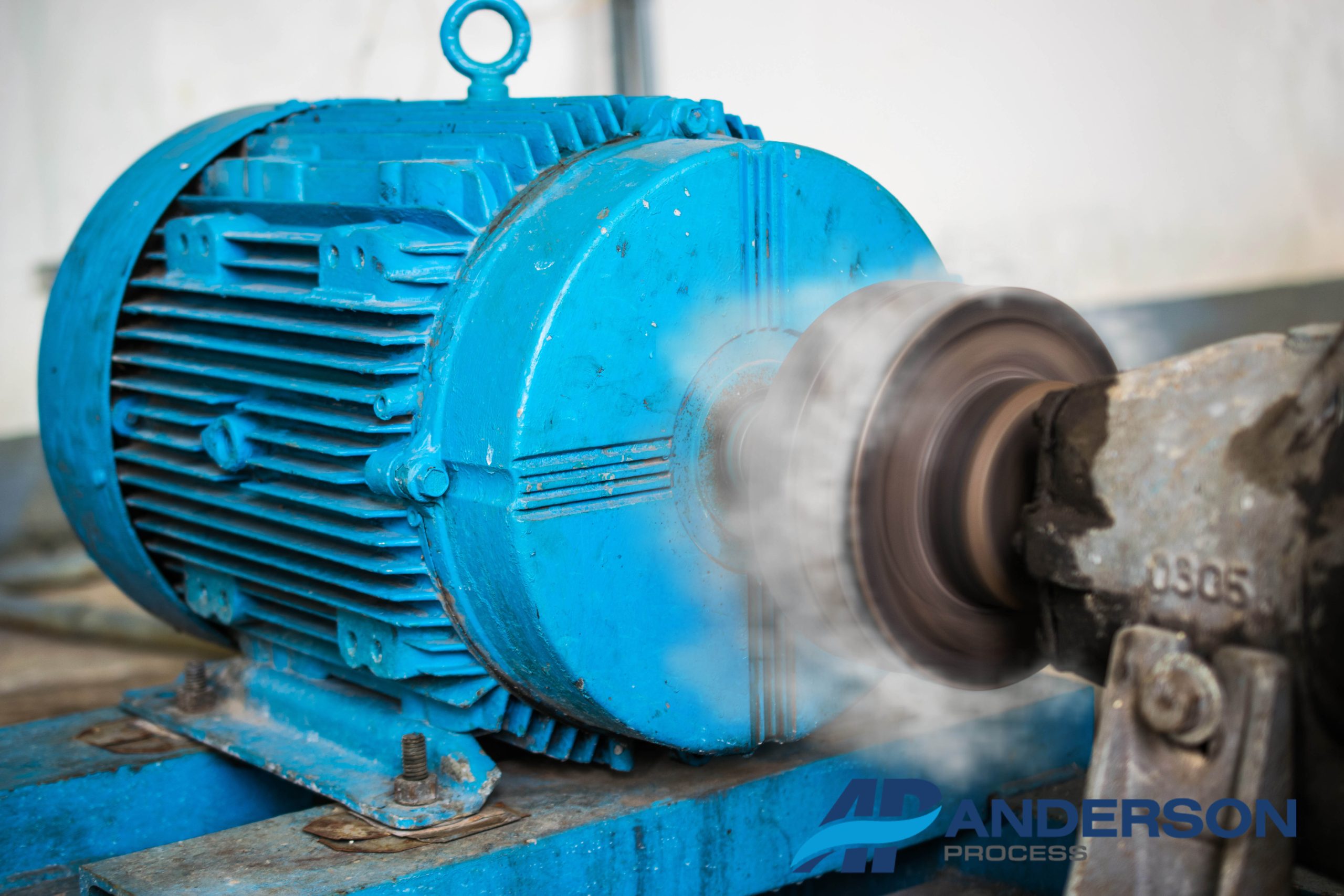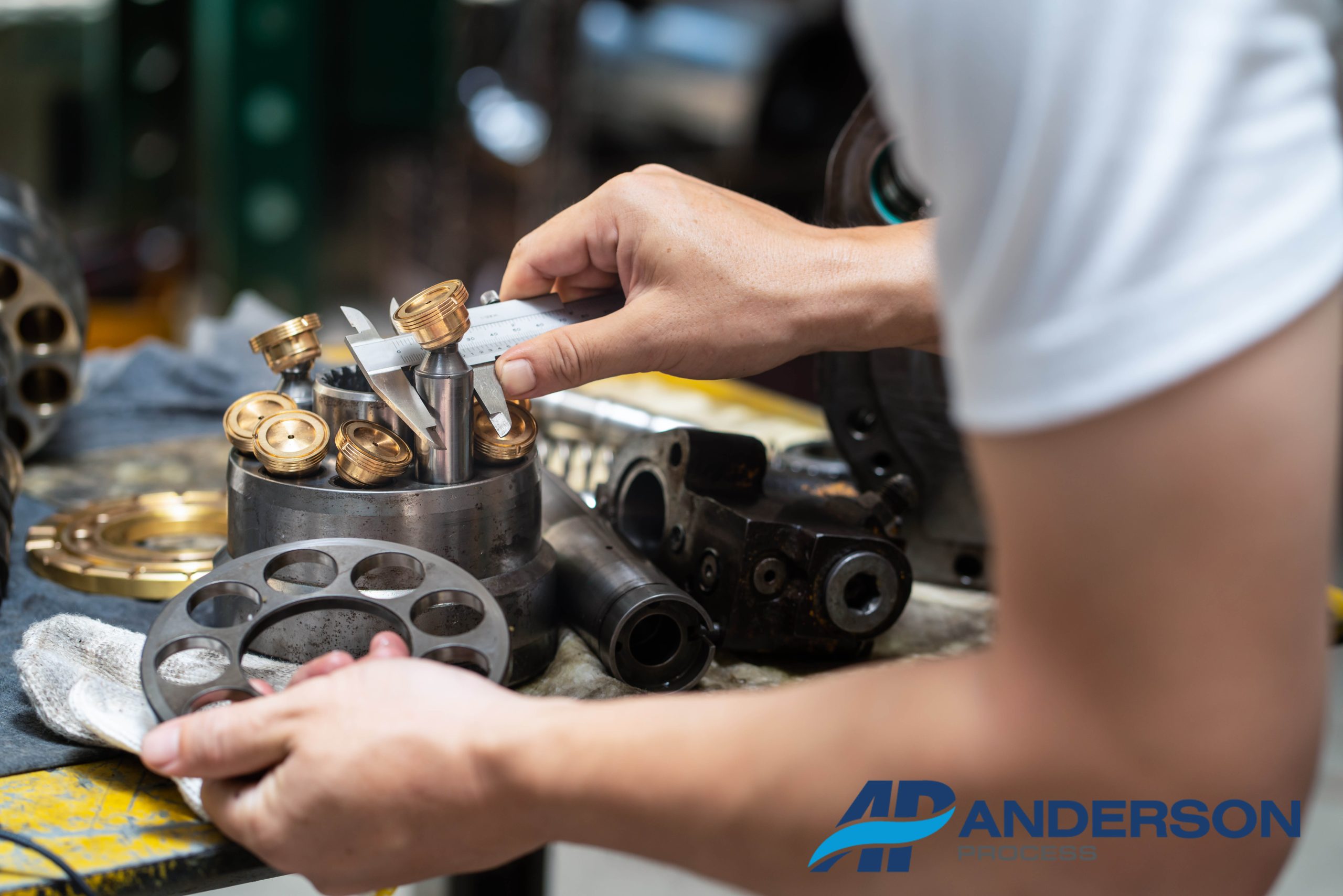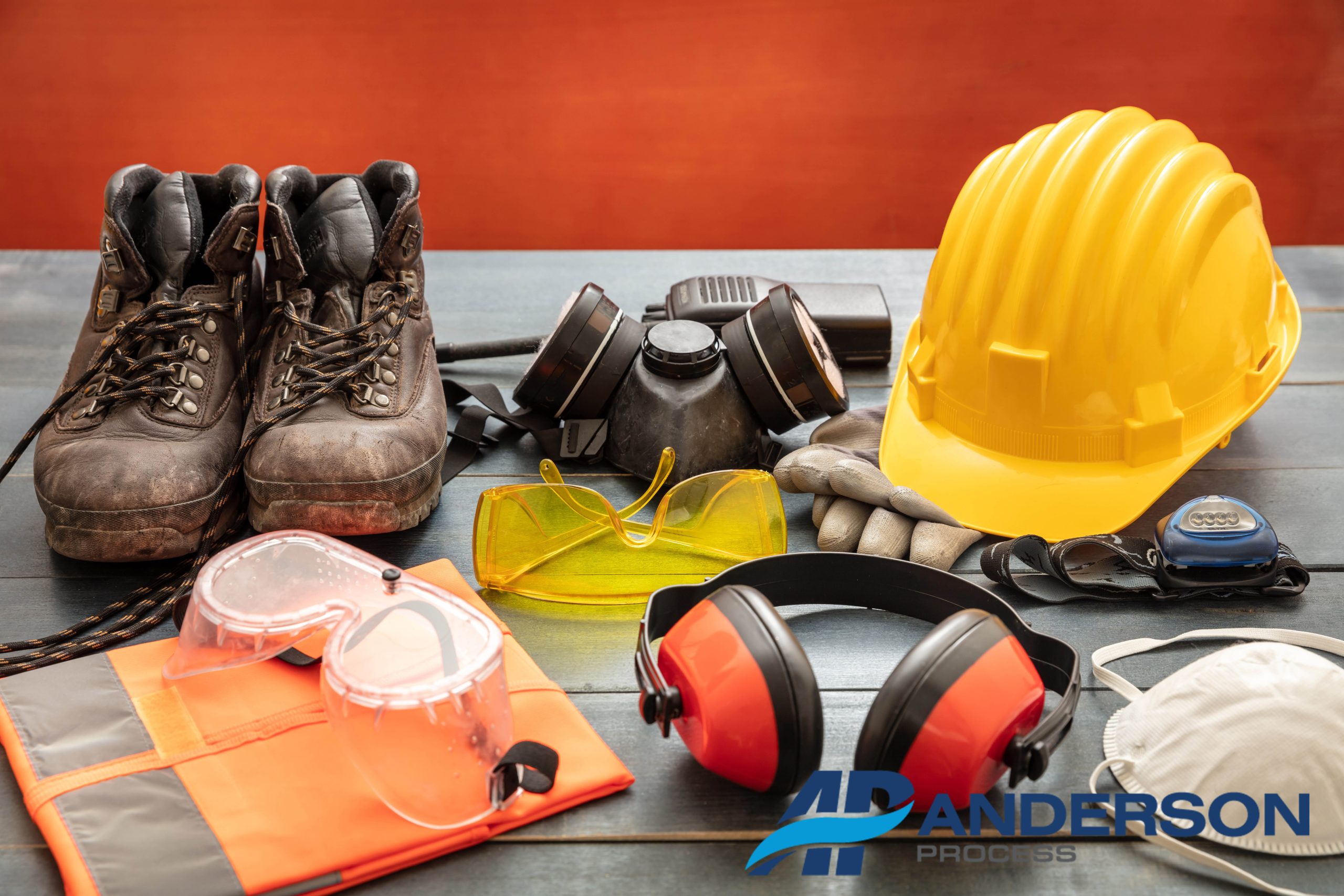Centrifugal pumps are not only the most common pumps used in industrial settings, but they are the most common pump used worldwide. There are several different types of centrifugal pumps, but generally they operate similarly with the ability to handle high flows and pressures. Operating these often large and powerful pumps of course comes with an elevated safety risk. Implementing proper safety and training procedures is extremely important when using centrifugal pumps to protect the pump and its operators. This article provides helpful safety tips to operate centrifugal pumps and reduce the chance of accidents.
1. Follow the Instruction Manual Closely and Make Sure Operators are Properly Trained

Installing a centrifugal pump properly and being able to use it correctly and safely is of paramount importance. Following the pump’s detailed instruction manual and making sure all plant operators understand it is the first necessary step for using the pump safely while maximizing its full potential. A necessary precautionary measure is placing warning labels on the equipment to make sure people are aware to not operate the pump unless they have proper training. Operators should always refer to the manual before making any changes to pump components or any other potential changes. For instance, centrifugal pumps have a specific clearance limit. Going above that clearance limit will reduce pump efficiency and wear components quickly. Referring to the manual can prevent such issues.
2. Centrifugal Pumps Should Only Be Used for Their Intended Use

Several types of centrifugal pumps are designed to handle a specific kind of media. Running a liquid through a pump that isn’t designed to handle it is dangerous and a safety risk for all involved. Running flammable liquids through a centrifugal pump that is designed for water transfer, for instance, can cause all sorts of issues especially if other flammable liquids are present in the environment. Using a pump properly and maintaining it are the only ways to ensure safety and cleanliness for a smooth operation.
3. Inspect the Suction and Discharge Lines
It’s important to incorporate a routine inspection of the suction and discharge lines as part of a routine maintenance plan. Suction lines can be affected by a blockage caused by debris that broke down inside the system. When inspecting the pump lines make sure there is no blockage and fix any weak connection points. A warning sign of a blockage occurs when the pump exhibits high vacuum and low discharge pressure. Removing the blockage is imperative to prevent possible pump damage. Corrosion can internally affect discharge lines or valves. The result of this corrosion is reduced flow. These visual checks of the lines are important to maintaining short-term and long-term pump health.
4. Perform Routine Pump Performance Tests
A pump performance test will help determine the amount of wear on pump components and vacuum suction. To initiate this test, first, start the pump and wait for it to reach its maximum flow. Next, gradually close the discharge valve and record the readings from the discharge and suction gauge. If the pump is functioning as designed the reading should be equal to pump performance maximum pressure noted at zero flow. If it doesn’t equal maximum pressure at zero flow, the components or the pump itself (depending on the condition and surrounding circumstances) may need to be replaced.
5. Take Steps to Prevent Overheating

Centrifugal pumps can overheat if appropriate action is not taken. Overheating is a sign that something is wrong. It can cause critical damage to pump components and even worse, cause burns and injuries to pump operators. Leaving the suction and discharge lines open during pump operation is a great precautionary measure to prevent a centrifugal pump from overheating. If the pump does overheat it is important to shut the pump down and provide it some time to cool down. Keep a distance from the pump while it’s cooling to keep from being burned. Potential serious injuries can occur by something as simple as removing the cover plate.
6. Inspect Pump Components Periodically

A centrifugal pump operating with worn parts is a safety risk that can lead to severe consequences. Several issues such as bearings being worn out can cause the shaft to be unstable and the pump to subsequently overheat. Worn seals can cause the pump to leak and provide inefficient flow. Heavy vibration, unusually loud noise, and overheating are common problems from worn-out parts. Routine maintenance to wear plates, impeller vanes, and the volute casing will keep the pump running safely.
7. Centrifugal Pumps Should be Near the Liquid Being Pumped
A centrifugal pump should be located as close to the liquid being pumped as possible. The pumped liquid is lubricating and cooling the centrifugal pump, so it doesn’t overheat. If the centrifugal pump is dry-running, pump failure can potentially occur in less than a minute. That means, If the liquid is a fair distance away from a centrifugal pump and there is an issue where the liquid is unable to be pumped there will be a greater chance of the pump dry-running. This inevitably will lead to overheating and pump failure. Another good tip for security purposes is that the pump should have at least three feet of clearance from other equipment and be completely secured to the ground to prevent it from moving during operation.
8. Check For Air Leaks
Worn-out components will cause air leaks, which in turn causes the pump to lose static lift. Using a vacuum gauge regularly helps make sure the suction line is airtight. If the suction line is airtight and working properly the vacuum gauge will display the vertical distance from the media level to the gauge tap when the centrifugal pump is turned off. If the suction pipe is leaking air, the atmospheric pressure entering the line will diminish when the centrifugal pump is turned off. This causes the vacuum gauge to give fluctuating readings and an indication of components needing to be replaced.
9. Ensure Proper Ventilation
A centrifugal pump having proper ventilation often helps it maintain a normal operating temperature. Proper ventilation will also aid in preventing the buildup of hazardous fumes or gases. Inspection is typically easier when a pump is ventilated properly. It’s easier to inspect for issues that can potentially lead to hazardous situations that may result in injury.
10. Wear Protective Gear

No matter what safety procedures are in place mistakes are made and things happen. That’s why in an industrial setting wearing personal protective equipment (PPE) is necessary and should be enforced. Safety equipment such as glasses, gloves, footwear and the proper clothing (nothing loose or baggy) will help keep the pump operator protected. Making sure no one is operating the pump without proper protective gear decreases the risk of potential injury.
Anderson Process is one of the Midwest’s most trusted ISN Certified suppliers of fluid process equipment and service. The safety and peace of mind of its employees is very important to Anderson Process. Proper procedures have been implemented to keep employees safe, while providing excellent quality control. Anderson Process offers a number of centrifugal pumps from some of the industry’s top manufacturers, including Blackmer, Griswold, Gusher, Hayward Gordon and Xylem.
